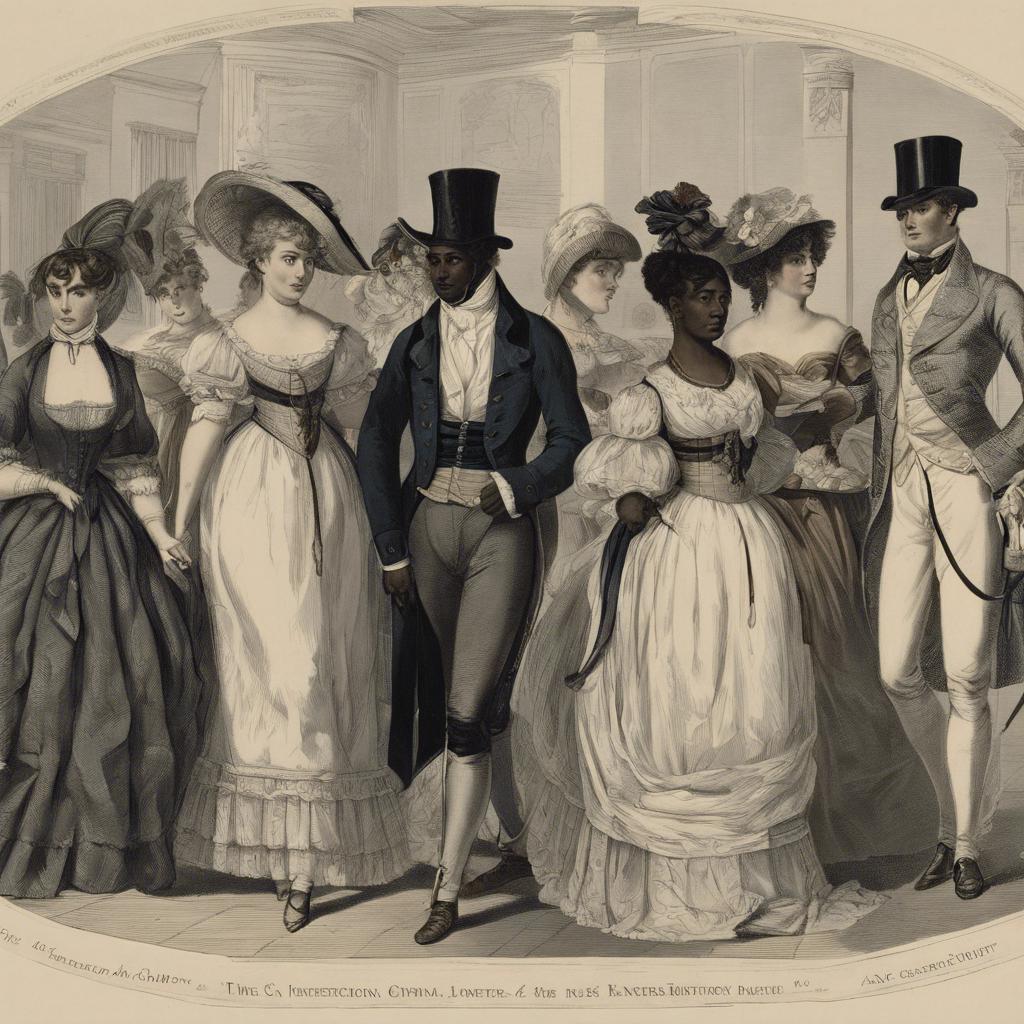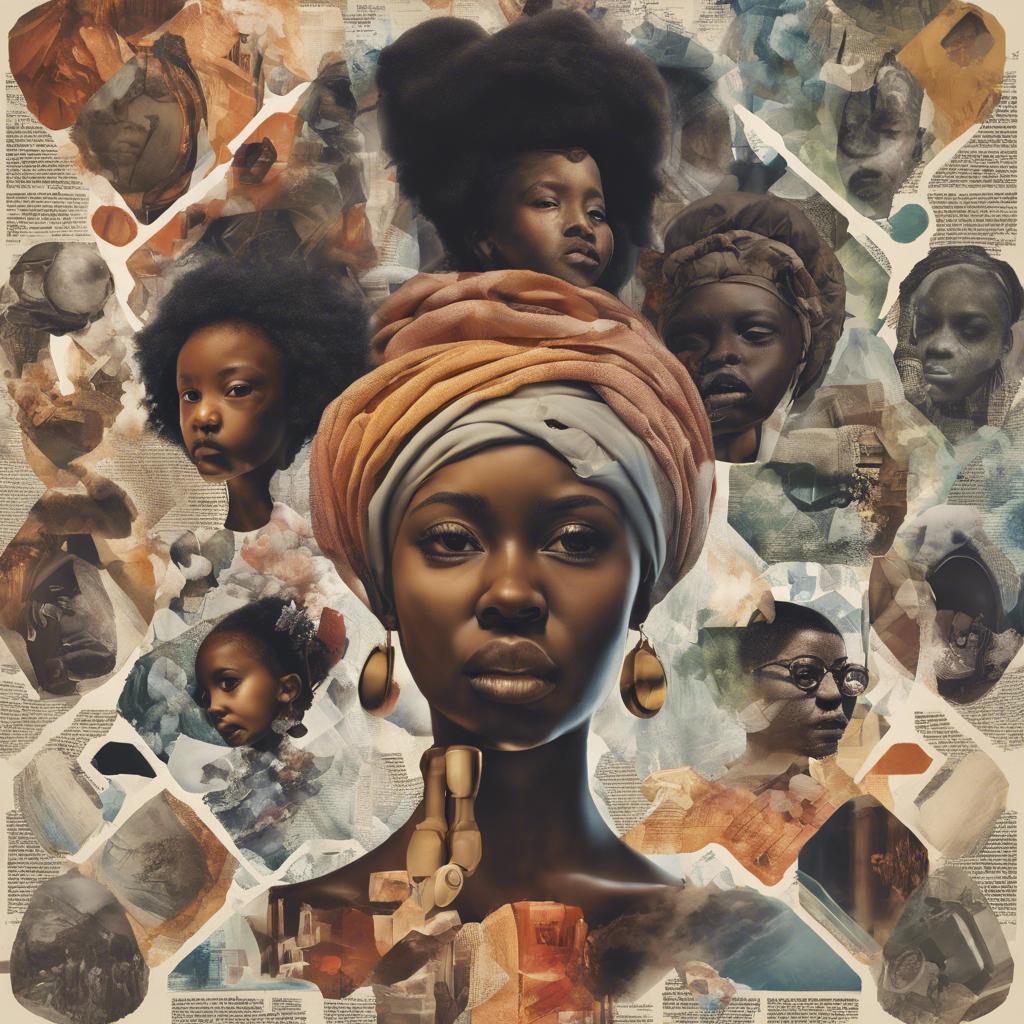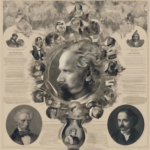During the Regency Era, a period of British history spanning from 1811 to 1820, the social fabric of society underwent significant changes. While the era is often romanticized for its elegant fashion and refined manners, one facet that is often overlooked is the pervasive presence of racism. In this article, we will delve into the complexities of race relations during the Regency Era and explore the ways in which racial prejudices influenced various aspects of daily life. By examining this often neglected aspect of history, we can gain a richer understanding of the societal dynamics that shaped this crucial period in British history.
Step Into the World of Cheryl Bolen
Dive into the enchanting stories of love, intrigue, and elegance set in the Regency Era. Cheryl Bolen's novels offer timeless romance and captivating tales that will leave you wanting more.
Explore Cheryl Bolen's Books Now
The Intersection of Race and Class in Regency Society
The Regency era was a time of significant social stratification, where one’s race and class played a crucial role in determining one’s place in society. During this period, people of color were often marginalized and discriminated against, facing systemic racism and barriers to social mobility. created a complex web of power dynamics and inequality that shaped the experiences of individuals from different backgrounds.
In Regency society, individuals of higher social classes often held racist beliefs and perpetuated stereotypes about people of color. These racist attitudes were reflected in various aspects of society, from laws and policies to everyday interactions. People of color faced limited opportunities for education, employment, and social advancement, further entrenching the inequalities between different racial and social groups.
Despite the regency era movies and tv shows”>challenges faced by people of color in Regency society, there were instances of resistance and resilience. Some individuals of color were able to break through societal barriers and achieve success in various fields, challenging stereotypes and advocating for social change. The intersection of race and class in the Regency era continues to be a topic of study and debate, shedding light on the complexities of historical inequities and the legacy of racism in society.
Examination of Racial Hierarchies in Regency England
During the Regency era in England, racial hierarchies played a significant role in shaping society. The British Empire was at its peak, and attitudes towards race were deeply ingrained in social norms. White Europeans were considered superior, while people of African or Asian descent were often viewed as inferior.
**Some key points to consider when examining racial hierarchies in Regency England include:**
- The prevalence of slavery and the transatlantic slave trade during this period
- The stereotyping and dehumanization of non-white individuals in popular culture
- The role of colonialism in reinforcing racial hierarchies both at home and abroad
**To further explore this topic, we can analyze specific examples of racial discrimination and prejudice in Regency England:**
| Example | Description |
|---|---|
| Abolitionist Movement | Efforts to end the slave trade faced strong opposition from those who profited from it |
| Blackface Minstrelsy | Racist performances perpetuated harmful stereotypes about African Americans |
| Colonial Policies | The British Empire’s exploitation of colonized peoples reinforced notions of white superiority |
Impact of Colonialism on Racism in Regency Era
The impact of colonialism on racism in the Regency Era was profound and far-reaching. Colonial powers, such as Britain, France, and Spain, sought to exploit and subjugate indigenous peoples in their colonies for economic gain. This exploitation created a hierarchy based on race, with white Europeans at the top and indigenous peoples at the bottom. This hierarchy perpetuated racist attitudes and beliefs, which were further reinforced through colonization.
**Key Points:**
- Colonial powers exploited indigenous peoples for economic gain.
- Racist attitudes and beliefs were perpetuated through colonization.
- Hierarchy based on race created divisions in society.
| Country | Colonial Power |
|---|---|
| India | Britain |
| Mexico | Spain |
| Algeria | France |
In the Regency Era, racist beliefs were widely accepted and normalized. The idea of white superiority was ingrained in society, leading to discriminatory practices and policies against people of color. These racist beliefs were used to justify the subjugation and exploitation of indigenous peoples in the colonies. The legacy of colonialism and racism in the Regency Era continues to impact society today, with lasting consequences for marginalized communities.
Strategies for Addressing Racism in Regency Literature and Culture
One strategy for addressing racism in Regency Literature and Culture is to critically analyze the portrayal of characters of different races in popular novels of the time. By examining how people of color were depicted in these works, we can better understand the prevailing attitudes towards race during the Regency era.
Another approach is to highlight the contributions of individuals from marginalized communities during this time period. By shining a spotlight on the achievements of Black, indigenous, and other people of color in Regency society, we can challenge the notion that only white individuals played significant roles in history.
Furthermore, engaging in discussions about the legacy of racism in Regency Literature and Culture can help to educate audiences about the impact of past prejudices on contemporary society. By acknowledging and confronting the problematic elements of Regency-era literature, we can work towards creating a more inclusive and equitable future.
In Conclusion
it is evident that the Regency Era was a period marked by deep-seated racism and prejudice. The societal norms and values of the time reflected a hierarchical structure that marginalized and oppressed individuals on the basis of their race. By acknowledging and understanding the historical context of this era, we can strive to challenge and dismantle the legacy of racism that continues to impact our society today. It is imperative that we continue to educate ourselves about the injustices of the past in order to create a more equitable and inclusive future for all. As we navigate the complexities of our shared history, let us remember that true progress can only be achieved through critical reflection and a commitment to change.


